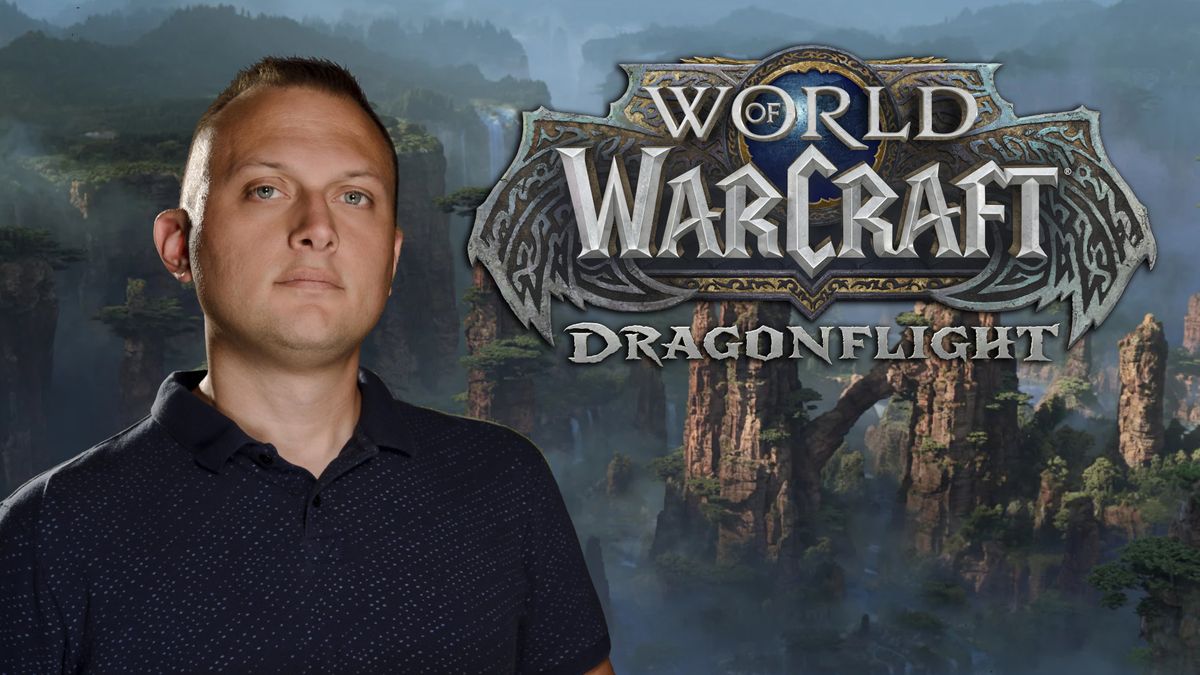This is part one of a six-part interview with Wow Game Director Ion Hazzikostas.
Laptop Mag had the opportunity to sit down with Game Director of World of Warcraft Ion Hazzikostas and pose questions about the MMO titan’s upcoming expansion. After the reveal of WoW 10.0 last week, officially titled Dragonflight, we’re incredibly excited to dive deep into what we can expect out of its massive updates.
Hazzikostas and I discussed the Dracthyr Evoker’s abilities, the evolution of leveling through Chromie Time, the revival of talent trees (and whether Covenant abilities will find their place within them), the changes coming to transmogrification, and how old raids (particularly BfA) will be impacted by the player’s massive increase in power. This article covers Hazzikostas’ comments on time-gated questlines and whether they’ll find their place in Dragonflight.
Inquiring about Shadowlands’ time-gated questlines
Shadowlands’ endgame had players grinding a reputation-esque currency called Renown to access chapters in their Covenant questline. This system was not popular with the community; it often forced them to engage with a tiresome chain of daily and weekly quests to keep up with the main story’s content. Shadowlands 9.1 added more fuel to the fire, only allowing the player to do the first three chapters in the Chains of Domination questline before reaching specific Renown levels to continue the story.
However, 9.2 fixed this. Zereth Mortis featured a seven-chapter questline without any Renown-based limits (outside of needing to complete Covenant quests first), and nearly every quest in this area offered a generous amount of Renown and quickly boosted players to max. I hadn’t done Chains of Domination in 9.1 due to my aversion to grinding, but completing Zereth Mortis provided more than enough to go back and complete it. These changes made it seem like Blizzard Entertainment was listening to the community. Curious if Dragonflight would share a similar fate with its time-gated questlines, I asked Hazzikostas if the team abandoned that idea completely.
“I wouldn’t say we’ve abandoned it completely,” Hazzikostas said. “I think there are different approaches to different types of storytelling. You know, sometimes it’s reputation, sometimes it’s the passage of time, sometimes it’s nothing at all, and it’s just how quickly can you play through the story. With most narratives we try to create, there’s value to pacing, particularly since it’s a shared experience.”
Narrative pacing in an expansion like Legion is a great example of what Hazzikostas is referring to. We saw 13 dungeons and five raids throughout its lifetime, but they weren’t all released simultaneously. The key difference is the speed at which these things were released and how the player accessed them. Legion had three major patches, each of which came out within a year of the expansion’s initial launch. Throughout that year, the game was updated with four incredible new raids that weren’t available at launch (we’re counting The Emerald Nightmare as a base raid since it came out pretty close to launch).
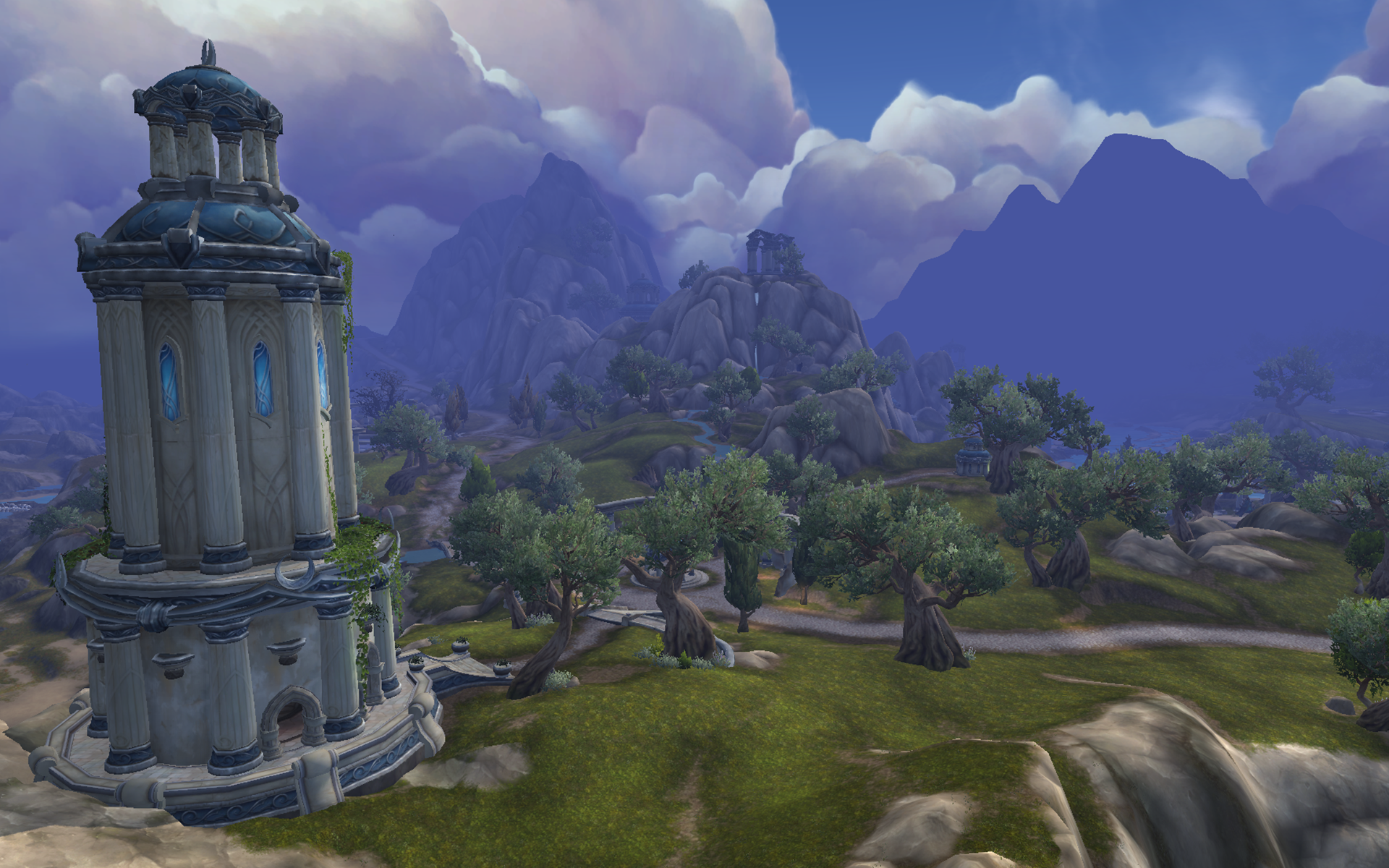
Shadowlands’ content drought meant we had nothing for eight-month intervals, and over the course of 16 months, we got half as many raids and four less dungeons than Legion did. Quantity isn’t everything, but it’s important to note how long stretches of no new content in a game that revolves around players paying a monthly subscription can result in terrible pacing.
How World of Warcraft’s time-gating can enhance an expansion’s pacing
Hazzikostas compared World of Warcraft to Netflix and explained that you can’t “avoid the internet” when dealing with weekly or bingeable content in the same way you could a television show because World of Warcraft is evolving in real time. Hiding from spoilers while surrounded by players who’ve experienced those spoilers is difficult. You can’t escape the internet to catch up to the story when the internet itself is embedded within the thing you’re catching up to.
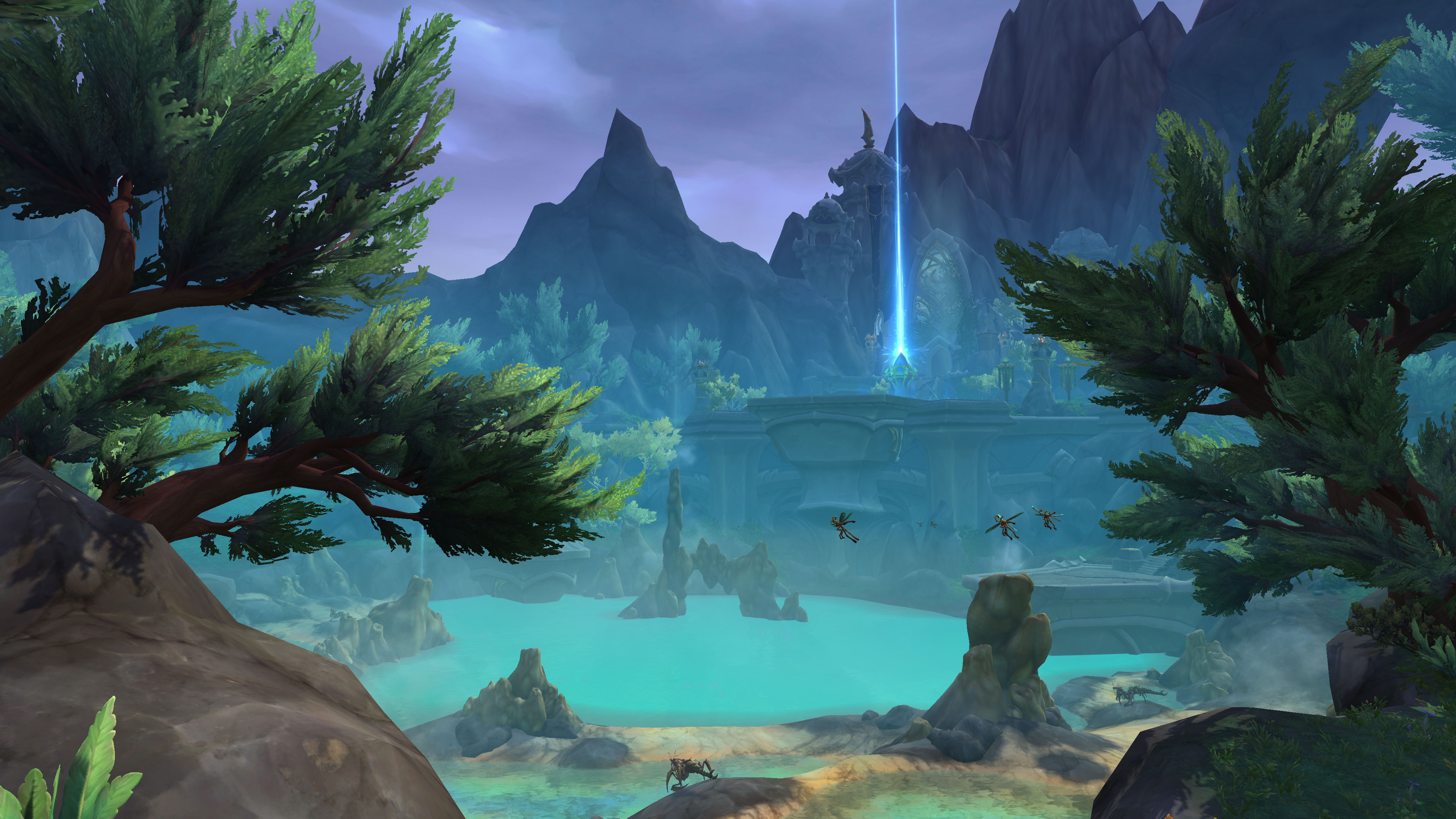
“There’s a community that experiences the story together, and so when major events happen, like the Attack on Ardenweald and Sylvanas’ fight with Tyrande there, or us rescuing Anduin from the clutches of the Jailer, and learning things about the nature of how to thwart the Jailer, and so on and so forth, you can’t hide from that. You’re experiencing it together. And so we want to be careful to not have a story that, well, if you didn’t blast through it all on the first day, it feels like you missed it all and there’s nothing to look forward to anymore. And you’re hiding from spoilers as you’re playing the game and trying to talk to people about WoW.”
Hazzikostas is referring to how time-gating benefits the structure of World of Warcraft in general. By making every content update an event, the community can experience it together, and there is magic in that. After all, if every one of an expansion’s raids launched at once, it would be far harder to track the cohesion of its narrative.
By releasing them gradually, these linear events that lead from one moment to another can bolster the pacing and make way for exciting stories. It’s also easier for players to queue up for the latest raid, as even in Shadowlands, trying to find a group for its first raid (Castle Nathria) requires an hour or two of waiting.
Hazzikostas doesn’t want players to feel like Blizzard is blocking us off from content
It’s no secret that certain elements of Blizzard Entertainment’s design philosophy, particularly within Battle for Azeroth’s overly grindy foundation, make it feel like the company is blocking players off from content. Hazzikostas believes that time-gating can benefit pacing, but he also wants to be cautious about it.
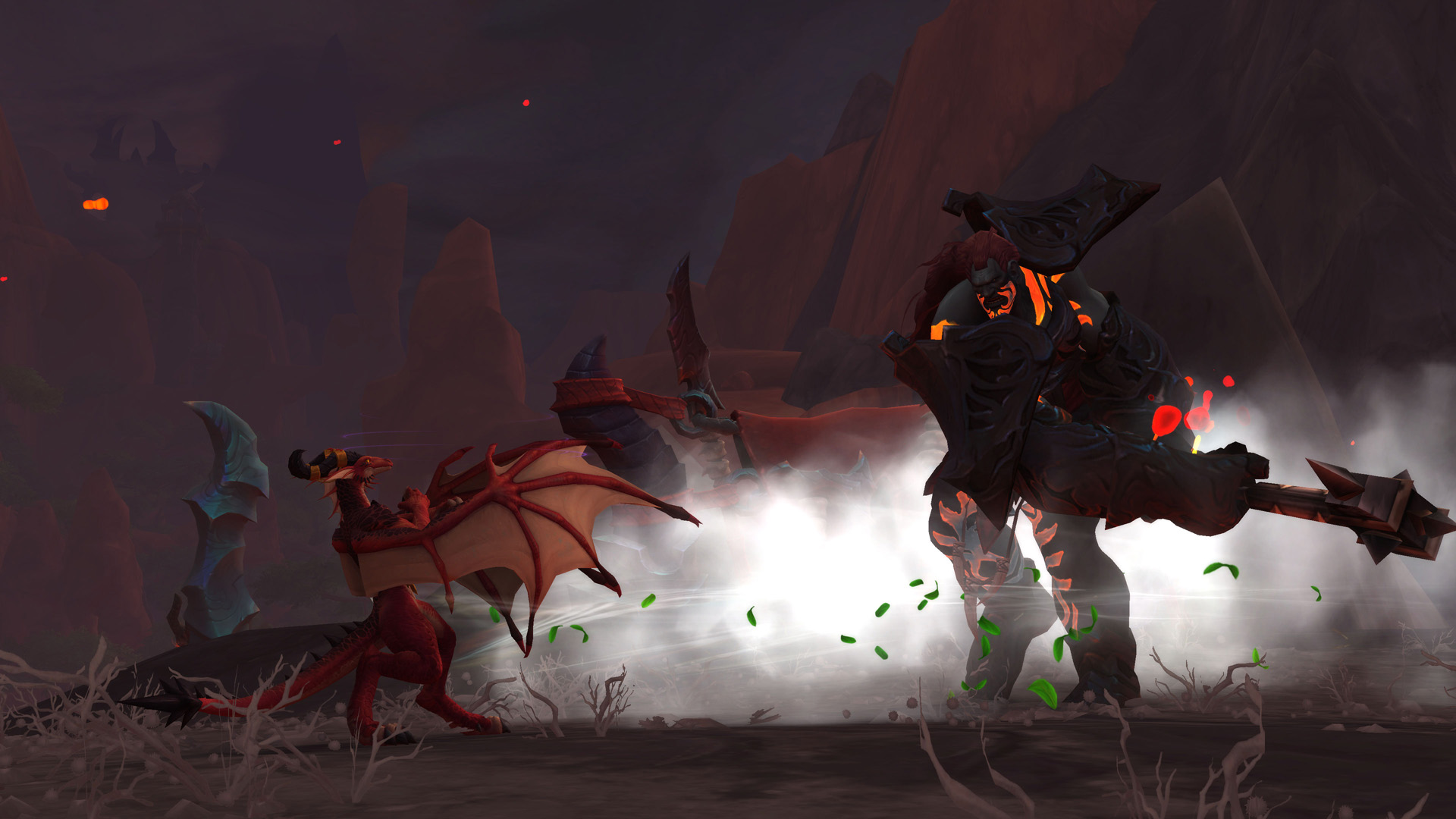
“We don’t want you to always feel like, ‘There’s stuff I want to do, but I guess I have to wait until Blizzard lets me do it, or lets me access the next chapter of this thing,’” said Hazzikostas.
This is an emotion the community felt strongly throughout Shadowlands 9.0 and 9.1. Blizzard Entertainment’s method of time-gating by spreading its patched raids, dungeons and story quests over the course of a year or more is a great way to bring the community together, but taking a series of quests in the game, and only making them available if the player grinds their soul away, is a clear example of the team taking things too far.
Will Dragonflight feature time-gated questlines?
Thankfully, Hazzikostas capped the topic off with something hopeful, “I think we’re probably leaning away from time-gating as an overall structure, but I think it still has its place. I mean, we wanna strike a balance where you can dig into the depth of the politics of these centaur clans at your own pace and see where that leads. And there’s deep stories there for you to uncover as you see fit, but when it comes to a major campaign narrative, villains and heroes and so forth, that’s gonna have a certain weekly cadence to it, and sometimes that’s also designed to compliment, well, the raid’s not even open yet. Or this portion of the raid hasn’t become accessible yet, so that itself has a time requirement as well.”
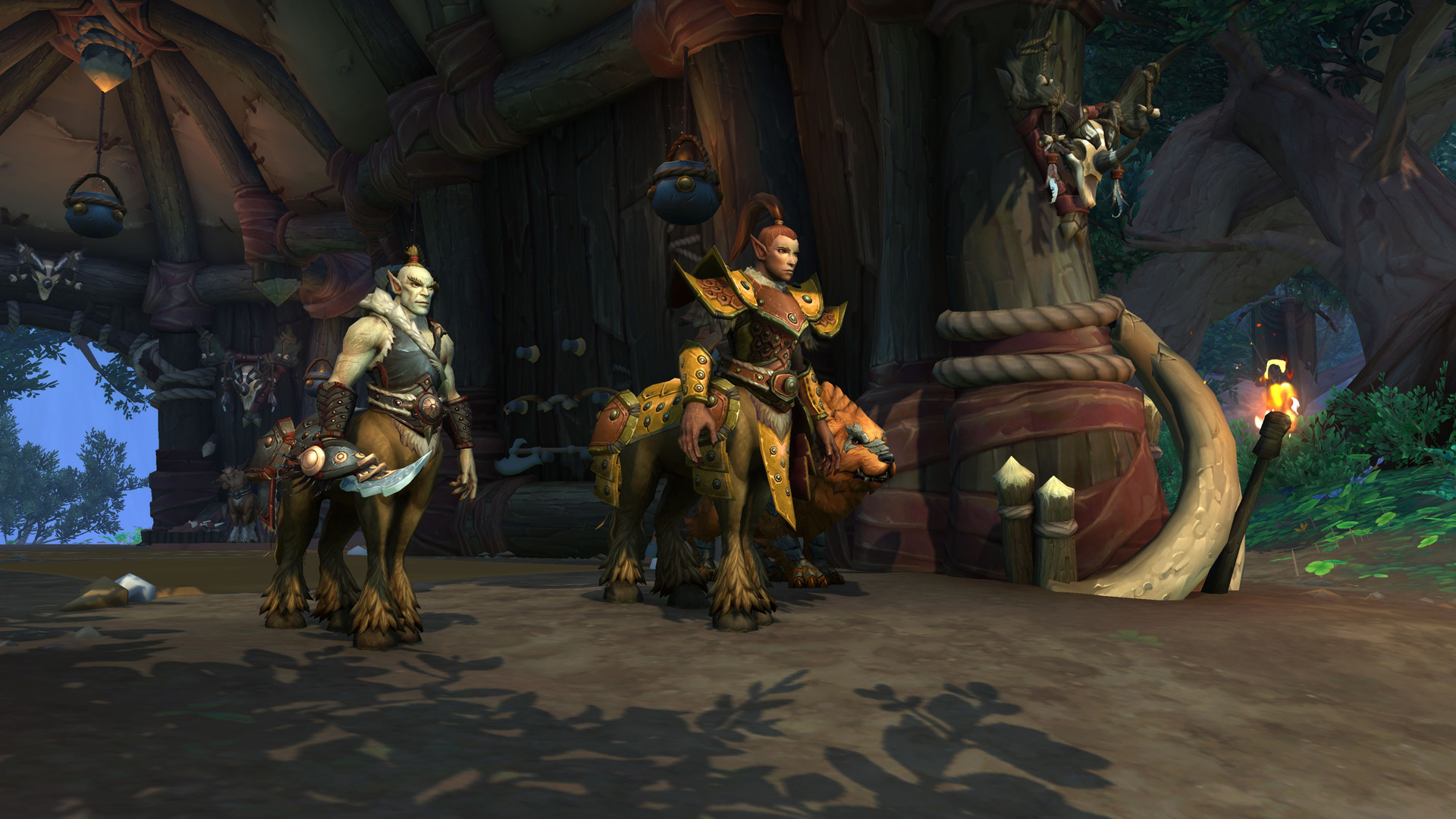
This elicits a level of optimism; it suggests that the team has been listening to the community and plans to do things differently with Dragonflight. It’s important to understand the potential value of spreading content out to turn each little nugget into this big community event, but there’s a line that needs to be drawn.
Forcing a player to grind a currency to continue a questline isn’t just time-gating for the sake of pacing, but it’s also a cheap way to trap players in an endless grind to guarantee more subscriptions. Shadowlands’ content drought was probably the biggest reason why every little thing was drawn out for far too long, but it was still an abhorrent experience and Dragonflight could learn a lot from these mistakes.

